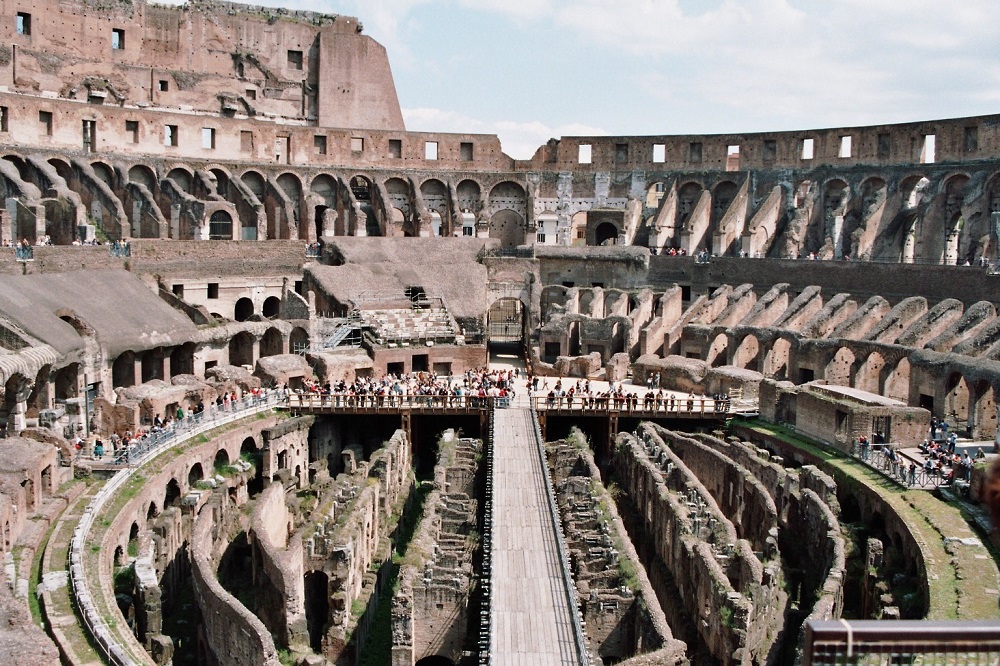The Wedding Banquet of Cupid and Psyche (1517) by Raphael. Villa Farnesina, Rome
“Performing the banquet shifted their analysis from the realm of the academic into the realm of something that is socially functional, assisting with student thinking about the ancient texts as representative of real people and their actions and beliefs.”
Read More


![Gherardo Starnina - Thebaid, ca. 1420, Tempera on wood (Wikimedia Commons) [Sometimes attributed to Fra Angelico]](https://images.squarespace-cdn.com/content/v1/5449167fe4b078c86b41f810/1534121418493-UZ3BXHO6ZL8M70BB8Q17/Angelico%2C_tebaide.jpg)

![Southwest Texas McAllen Border Fence, Rio Grande Valley [ Photographer: Donna Burton ]](https://images.squarespace-cdn.com/content/v1/5449167fe4b078c86b41f810/1533738883693-XLDP3WL924ZNTV91Z2EM/32860951106_bc66460846_z.jpg)












